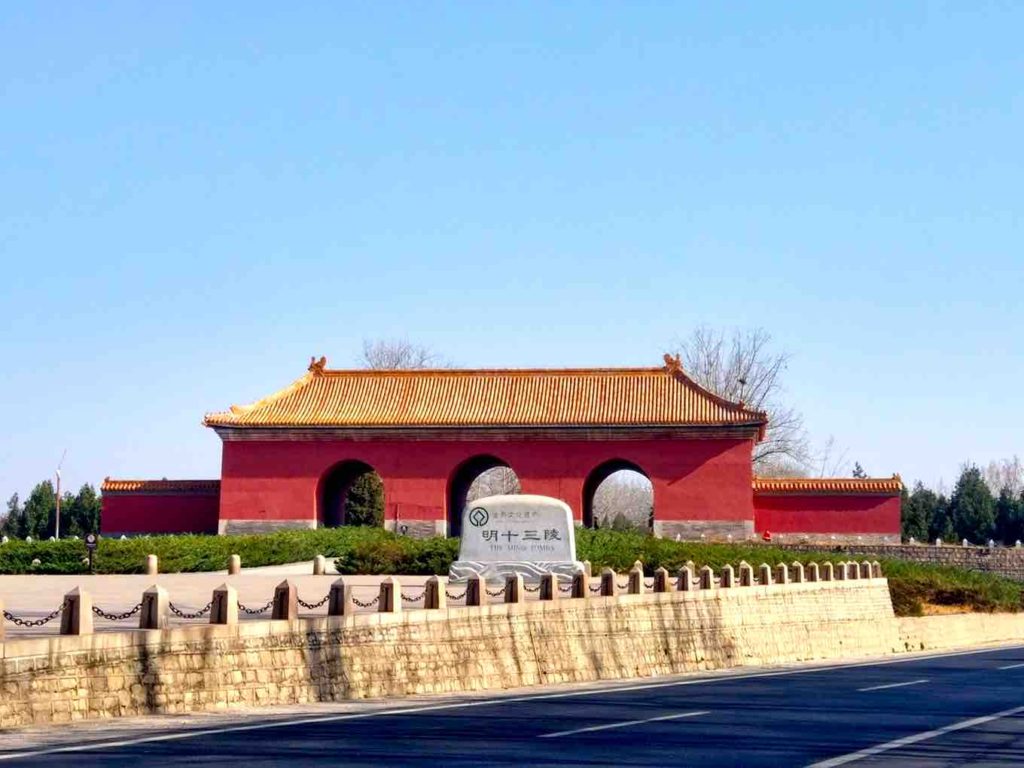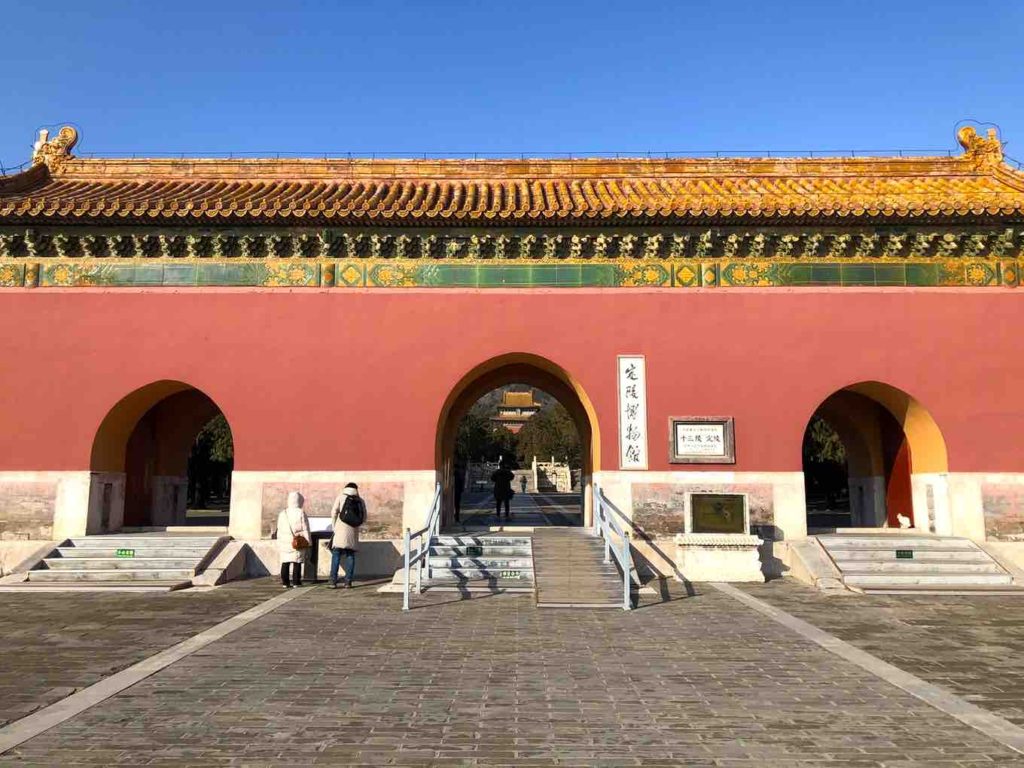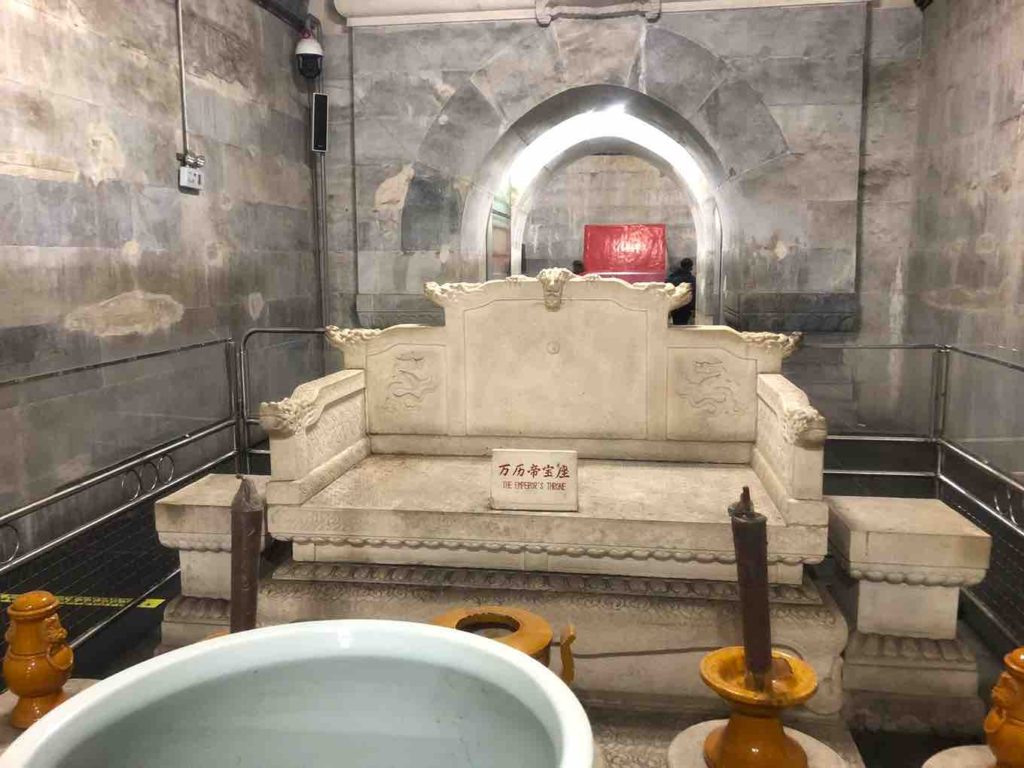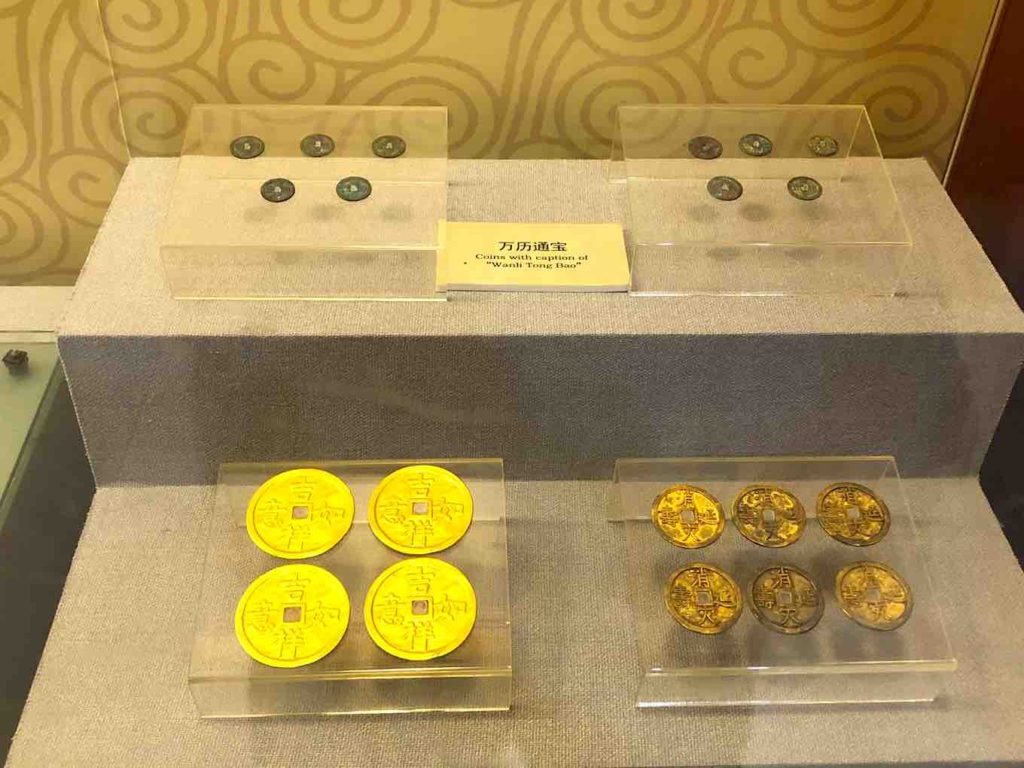
The Ming Dynasty was the last feudal dynasty to be founded by the Han Chinese in China history. In 1368, Zhu Yuanzhang proclaimed the Ming Dynasty in Nanjing and it was replaced by the Qing Dynasty after 276 years. There were 16 Ming emperors, but only 13 were buried at the Ming Tombs Beijing.
The Hongwu, Jianwen, and Jingtai emperors were not buried in the ming 13 tombs. Hongwu emperor’s tomb is called the Ming Xiaoling Mausoleum in Nanjing. It is the joint tomb of him and his wife Empress Ma. Jianwen Emperor disappeared after his uncle Zhu Di took the throne from him, and his tomb has not been found to this day. Jingtai Emperor was not allowed to be buried in the ming tombs because Emperor Yingzong of Ming refused to recognize him as an emperor.
Nowadays, although there are thirteen Ming Dynasty tombs, only three are open to visitors: Dingling Tomb, Zhaoling Tomb, and Changling Tomb. The other ten ming tombs China are still not open to the public. Of the three available Ming tombs, the Dingling Tomb is the tomb of the Wanli Emperor. The Zhaoling Tomb is the mausoleum of the Longqing Emperor. As for the Changling Tomb, the Yongle Emperor is buried there.

Apparently, these three emperors are unique in Ming history. If you are particularly interested in one of the three emperors, then we recommend that you follow your own interests. But from the point of view of the quantity and quality of the attractions available at the tombs, the Dingling Tomb is the most worth visiting.
Attractive Dingling Tomb
Zhaoling Tomb is the smallest and has very few places to play in terms of the architectural scale of the tombs. Compared to the Changling Tomb, Zhaoling Tomb has no grand hall. The only attractive features are its citadel and the ancient city walls.
The Changling Tomb is second only to the Dingling Tomb in terms of value for visitors and it has a very grand palace. Inside you can see various artifacts from the Ming Dynasty as well as the huge diameter of the Phoebe zhennan S. Lee used to build the palace.
In fact, the valuable attractions at the Zhaoling and Changling tombs are mostly above-ground buildings with Ming Dynasty features, and there are no attractions inside the tombs to visit. But the same cannot be said of the Dingling Tomb.

The Dingling Tomb opens up an underground palace, which means you can enter the tomb of the Wanli Emperor and experience his burial specifications. His funerary objects are very valuable. The crown and various precious imperial jades are on display in the underground palace. In addition, some historical information about the Dingling Tomb will give you the impression that the tomb is well worth a visit.
Dingling Tomb covers 180,000 square meters. The construction of the tomb had already begun before Wanli Emperor’s death during the Ming Dynasty. Construction of the Dingling Tomb began in 1584 A.D. and was completed six years later. As the entire tomb is 27 meters underground, care needs to be taken when visiting the tomb in winter to keep warm.
It was only in 1956 that the tomb of the Wanli Emperor was excavated at the initiative of archaeologists, including the historian Guo Moruo. As a result, the Dingling Tomb is the only one of the 13 Ming tombs to have been excavated. Unfortunately, the excavation techniques were not sufficiently advanced at the time, and irreparable damage was done.

In addition to the underground sights, you can also take in the view from the citadel of the Dingling. You can see the Changling and Yongling tombs and the Thirteen Tombs reservoir. In front of the tomb’s gates, there is a museum with exhibits of relics unearthed at the Dingling, including the emperor’s golden crown, the empress’s phoenix crown, and various treasures and jade objects.
In Conclusion
If you’re bored by words and pictures, perhaps you could visit the official website of the ming 13 tombs. On this website, you can take a tour of the Dingling tomb online.


